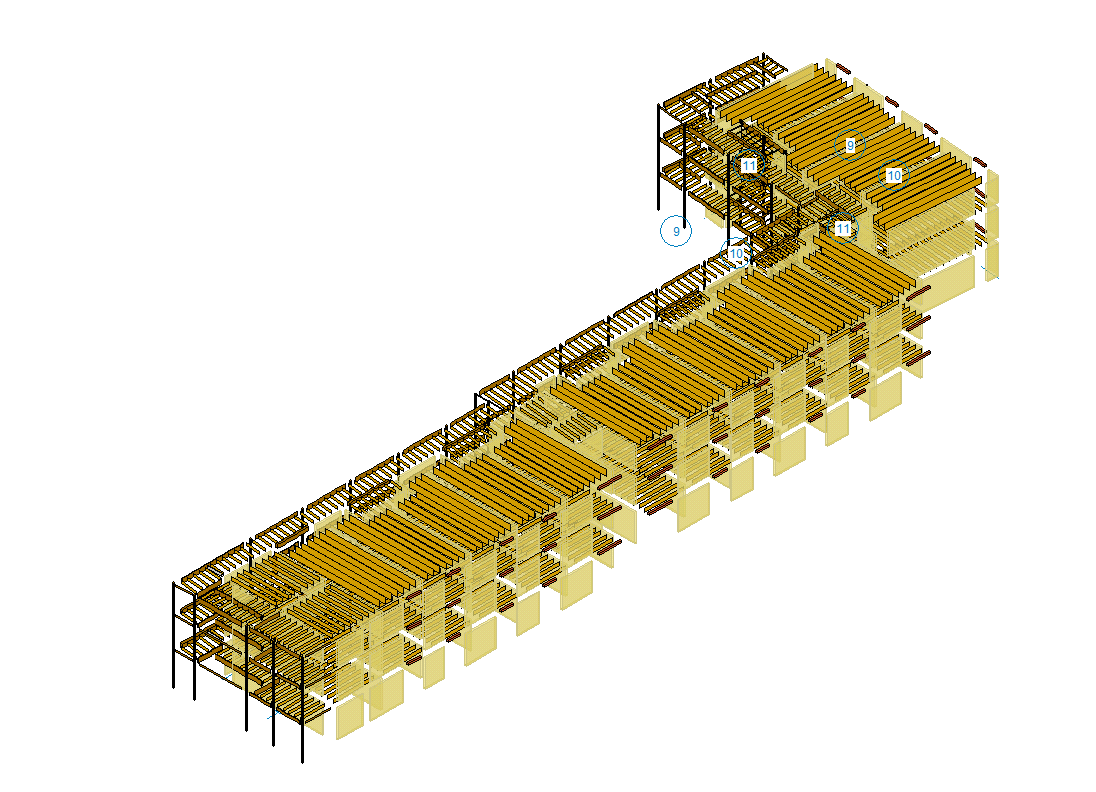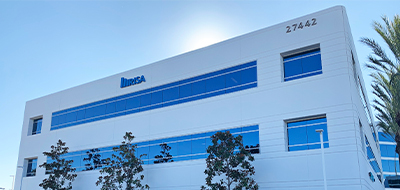“We followed the [RISA & ADAPT] ecosystem from beginning to end which has been helpful to kind of stay in that same program”
Michael Lefcovich, PE
Associate Principal at Stonwood Structural Engineers

Getting Started with RISA
Stonewood’s journey with RISA software began as the company sought robust tools to handle the complex structural demands of multi-family and mixed-use buildings, particularly podium-style designs. "RISA was a natural choice for us," shares one of Stonewood’s engineers. Early on, the team found RISA’s comprehensive suite—RISA-3D and RISAFloor—vital for their integrated approach to both lateral and gravity system designs. The team appreciated RISA’s intuitive interface and readily available support resources, including in-depth training videos and documentation, which enabled them to troubleshoot quickly and stay efficient while learning on the go.
Evolving Software Journey
As Stonewood deepened its use of RISA, the team was impressed by the flexibility and depth of the software across various types of projects. RISA-3D became their go-to tool for analyzing structural systems, while RISAFloor allowed seamless integration of gravity loads and diaphragm forces in their designs. "The ability to tie lateral and gravity systems together efficiently has been a game changer for us," notes a lead engineer. The firm frequently works on high seismic zone projects in regions such as Oregon, Washington, and California, where RISA’s analysis capabilities are crucial for complying with stringent design codes.
The team also began utilizing ADAPT-Builder to streamline their post-tension (PT) concrete designs. "We do a lot of PT work, and ADAPT has allowed us to tackle those designs with much more precision and speed," explains a project manager at Stonewood.
Advancements with RISA
With each software upgrade, Stonewood has experienced tangible improvements in both workflow and design accuracy. The latest updates to RISA-3D, such as the enhanced member-editing capabilities and load-application tools, have cut down on design time, making the overall process more efficient. The interoperability between RISA’s different platforms has been key in handling the larger, more complex projects that have become a staple of Stonewood’s portfolio.
Integration with other software like Revit and Excel has further enhanced productivity. "Being able to export results directly into Excel has saved us hours of manual data entry, especially for our reporting needs," adds an engineer. The improvements in the software’s user interface have also been beneficial, particularly for newer team members coming up to speed with the platform.
“As we get further and learn different aspects of the software and figure out some tips & tricks and shortcuts. It really has become indispensable in our workflow.”
Michael Lefcovich, PE
Associate Principal at Stonwood Structural Engineers

Overcoming Challenges
Like many engineering firms, Stonewood faced initial challenges in fully integrating RISA into their existing workflows. One particular hurdle involved adapting to RISAFloor’s approach to handling diaphragm models in podium-style designs, especially when factoring in unique architectural features like split levels. "We needed to understand how to tweak the models for some of our more complicated projects," recalls an engineer.
To overcome these challenges, Stonewood worked closely with RISA to develop a tailored training program. The training not only covered the fundamentals but also addressed Stonewood’s unique needs, such as the complexities of PT designs and the nuances of high seismic zone construction. By focusing on real-world applications and specific project setups, the RISA team helped Stonewood’s engineers gain confidence in using the software for their most demanding projects.
Looking Ahead: Future Plans
Looking to the future, Stonewood plans to continue expanding its use of RISA software as the firm takes on more complex multi-use and multi-family projects. "We’re excited to see where the next RISA-3D and RISAFloor updates take us," says a senior engineer. The firm also plans to increase internal training efforts, ensuring that more engineers become proficient with RISA’s full capabilities, particularly as they look to optimize PT designs even further using ADAPT-Builder.
As Stonewood’s portfolio grows, the company is confident that RISA will remain a core tool, allowing them to stay ahead of industry challenges and deliver high-quality designs more efficiently.






